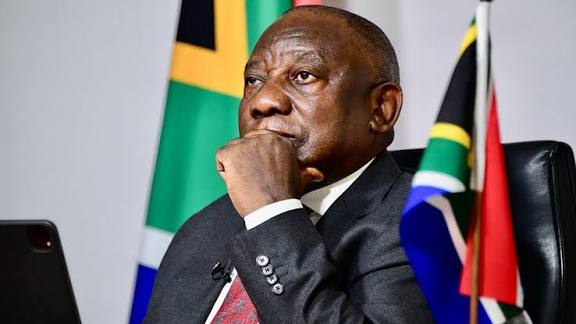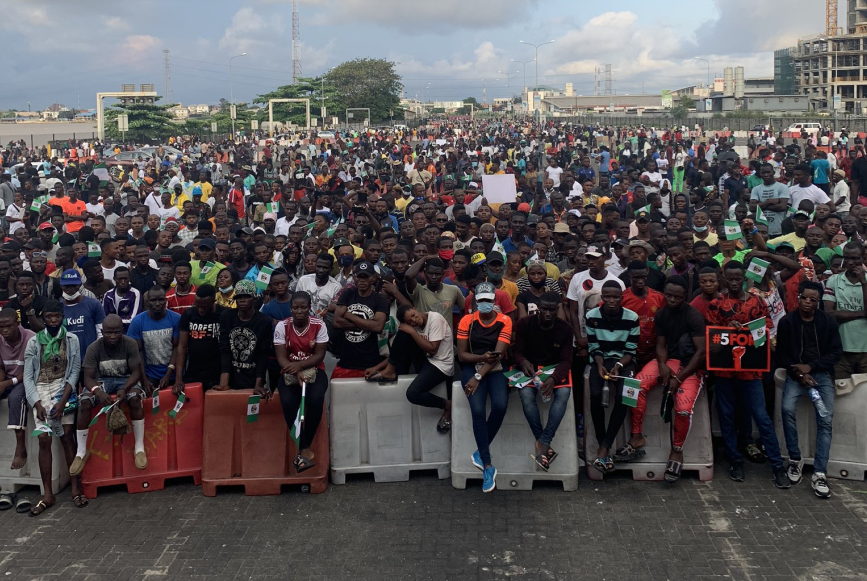South Africa’s Last Chance: A Nation at the crossroads of hope and hype

South Africa’s president, Cyril Ramaphosa. Photo Credit- Polity.org
As South Africa strides in 2025, the nation stands at a crossroads, brimming with potential to reclaim its place as Africa’s beacon of hope. The Government of National Unity (GNU), forged after the ANC’s 2024 election setback, is more than a political patch, it’s a chance to weave a new tapestry of progress, stitching together diverse voices to mend a fractured society. With challenges like unemployment, sluggish growth, and coalition tensions looming, the path isn’t easy. But South Africa has defied the odds before, and this moment, its golden opportunity, can spark a renaissance if bold, collective action takes root.
The hurdles are real, but so is the promise. Unemployment, at 32.9 percent, weighs heavily, especially on the youth, with half of those under 25 jobless. Yet, this is also a generation bursting with energy, ready to fuel innovation if given the tools. Economic growth, projected at a modest 1 percent for 2025, may trail the population curve, but recent gains in energy stability, load-shedding’s near absence since March 2024, signal what’s possible when focus sharpens. Public debt, climbing toward 76 percent of GDP by 2026, and a messy budget process that stalled in April 2025, remind us of fiscal tightropes. But these are not dead ends, they’re invitations to innovate, streamline, and unite.
The GNU, a bold coalition of the ANC, DA, and eight smaller parties, shows South Africa’s ability for defying division. Its Statement of Intent, to slash poverty, boost jobs, and bridge inequality, lights the way. Yes, progress is slow, with only 9 percent of 121 key promises showing traction, and tensions, like the DA’s walkout over a proposed VAT hike, expose growing pains. But these are teething troubles, not terminal flaws. The coalition’s diversity, ANC’s social heart, DA’s market savvy, can be a strength, blending compassion with pragmatism to unlock growth. The alternative, radical populism from the EFF or MK party, risks derailing investment, but the GNU’s steady hand can keep them at bay.
Look at what’s already working. Eskom’s turnaround, leaning on renewables and private partnerships, has slashed outages, boosting businesses and morale. The DA’s education reforms in coalition-led provinces are seeding skills for tomorrow’s workforce. Global headwinds, U.S. aid cuts, AGOA uncertainties, and frustrating commodity slumps, but South Africa’s G20 presidency offers a stage to champion African resilience and attract green investment. Even climate challenges, from water shortages to extreme weather, are rallying points for innovation, like the World Bank’s Komati coal-to-solar project, a model for sustainable growth.
Here’s the blueprint to seize this moment: First, turbocharge job creation by easing labour laws and scaling skills programs, turning the youth bulge into an economic engine. Second, double down on energy wins, more renewables, more private investment, to keep the lights on and factories humming. Third, streamline state enterprises like Transnet, whose port delays once cost billions, by embracing private concessions. Finally, launch a National Dialogue, not as a talk shop but a vibrant forum where civil society, business, and labor hammer out solutions on crime, migration, and inequality. These steps aren’t dreams, they’re within reach, building on GNU’s early wins.
South Africa’s history sparkles with triumphs: Mandela’s 1994 miracle, the 2010 World Cup’s unity. President Ramaphosa, with his knack for consensus, can steer the GNU past its squabbles to deliver. The 2026 local elections loom, but so does opportunity. The IMF sees sub-Saharan Africa’s recovery gaining steam, South Africa can lead it. This isn’t a last stand; it’s a launchpad. With courage and collaboration, South Africa can transform its challenges into catalysts, proving the rainbow nation’s promise burns brighter than ever. The world is watching—let’s show them what’s possible.




